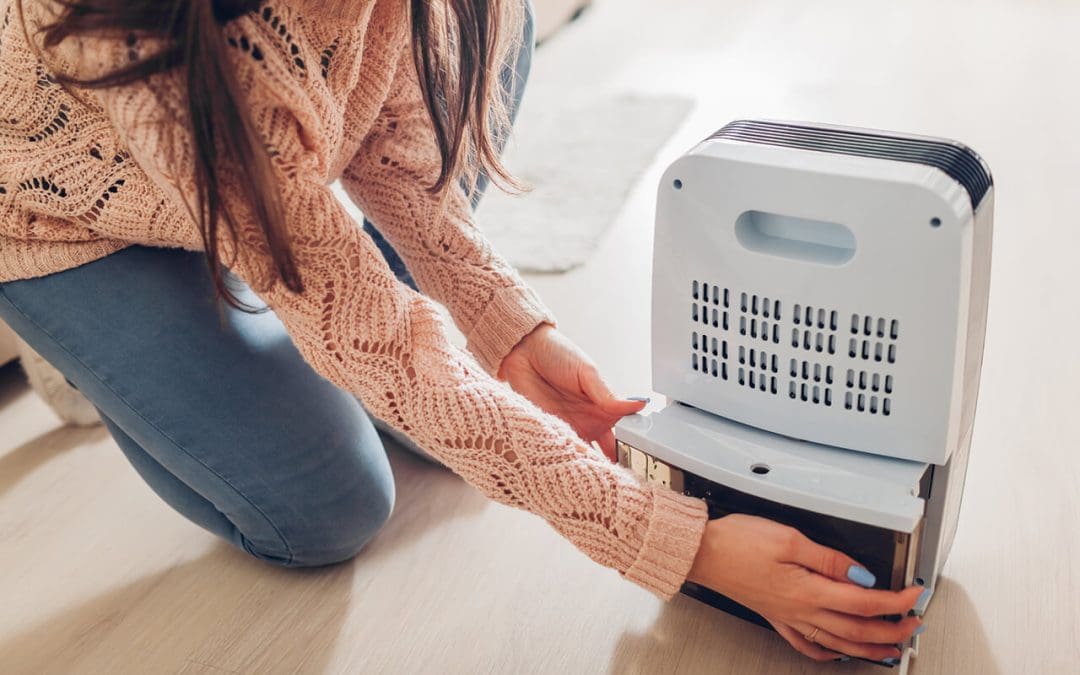You probably spend most of your time indoors, yet the air inside your home could be more polluted than the air outside. Contaminants like dust, pet dander, mold spores, and volatile organic compounds (VOCs) from household products will silently compromise your well-being. Fortunately, achieving cleaner, healthier air is entirely within your control. Following a few simple steps will significantly improve indoor air quality and transform your home environment.
Tackle the Source: Ventilation and Filtration
The most direct way to improve indoor air quality is to manage how air moves into and through your home. This involves both strategic ventilation and high-efficiency filtration. While modern homes are built to be airtight for energy efficiency, this often traps pollutants inside. Open windows and doors whenever possible, even if only for a few minutes a day, to exchange stale indoor air with fresh outdoor air. When cooking or showering, always use exhaust fans to vent moisture and combustion byproducts outside. Excessive moisture, left unchecked, could quickly lead to mold and mildew, two major contributors to poor indoor air quality.
Your furnace or air-conditioner filter is your first line of defense against airborne particles. Ditch the cheap fiberglass filters and switch to a high-efficiency filter with a Minimum Efficiency Reporting Value (MERV) rating of 11 or higher. A higher MERV rating means the filter is capable of capturing smaller, more harmful particles like pet dander, pollen, and bacteria. Be sure to change these filters every one to three months.
Managing Moisture to Improve Indoor Air Quality
Moisture control is essential for improving indoor air quality. High humidity is an open invitation for mold, mildew, and dust mites to thrive. These organisms release spores and allergens into the air, causing allergic reactions and respiratory problems. Ideally, you want to keep the relative humidity in your home between 30% and 50%. You could monitor this easily with an inexpensive hygrometer. If your humidity level is consistently too high (above 60%), invest in a dehumidifier, especially for damp areas like basements and crawl spaces. Ensure that your dryer vent properly exhausts to the outdoors and that rain gutters and downspouts direct water away from your foundation to prevent leaks that contribute to dampness. Conversely, if your air is too dry in the winter, a humidifier will help prevent dry skin and irritated sinuses, but it must be meticulously cleaned to prevent bacterial growth.
Clean Smart: Reducing Chemical Off-Gassing
Many common household cleaning supplies, paints, air fresheners, and furniture release airborne chemicals called Volatile Organic Compounds (VOCs). These chemicals contribute to smog outside and poor air quality inside, often causing respiratory irritation and headaches. When painting or refinishing wood, choose low- or zero-VOC products. When buying new furniture or carpet, ask about VOC emission standards. Allow new materials to “off-gas” in a well-ventilated area before bringing them inside.
For cleaning, switch to natural alternatives like baking soda, vinegar, and mild, unscented soaps. Avoid harsh chemical cleaners and scented air fresheners, which often contain synthetic fragrances that are high in VOCs. Simply using less chemically intensive products is one of the most effective ways to make a powerful change in your air quality.
Improve Indoor Air Quality by Focusing on Air Purification and Ductwork
While ventilation and source control are paramount, dedicated air purification systems will provide an extra layer of protection, particularly for allergy sufferers. A portable HEPA air purifier will effectively capture particles as small as one micron, including dust, pollen, and smoke. Place these units in the rooms where you spend the most time, such as bedrooms and home offices. For a whole-house solution, consider having a whole-house air purification system integrated into your existing HVAC ductwork.
Speaking of ductwork, when was the last time yours was cleaned? Over time, dust, debris, and even rodent droppings could accumulate in your ducts. When the system kicks on, these particles are blown directly into your living space. Having your ducts professionally inspected and cleaned, especially in older homes or homes with heavy pet dander, will dramatically improve indoor air quality by eliminating these hidden reservoirs of contaminants.
Frequently Asked Questions (FAQs)
How quickly can I notice an improvement in air quality?
You can notice improvements almost immediately after making certain changes, such as opening windows, changing a dirty HVAC filter, or turning on a powerful HEPA air purifier.
Are houseplants effective at improving indoor air quality?
While plants are beneficial, the actual scientific benefit of plants filtering a significant amount of air in a standard home is minimal. You would need an impractical number of plants to replace mechanical filtration or ventilation.
What is the best way to get rid of dust mites?
Dust mites thrive in high humidity. Reducing indoor humidity to below 50% is the best defense. Additionally, wash bedding in hot water (above 130∘F) weekly, use dust mite covers on mattresses and pillows, and vacuum regularly with a HEPA-filtered vacuum.
Should I use an ozone generator to clean the air?
No. Ozone generators intentionally produce ozone, a lung irritant, which could be harmful to your health, especially for people with asthma. The EPA strongly advises against using these products to improve indoor air quality.
GoPro Home Inspections offers inspection services to homebuyers and sellers. Contact us to schedule an appointment.

